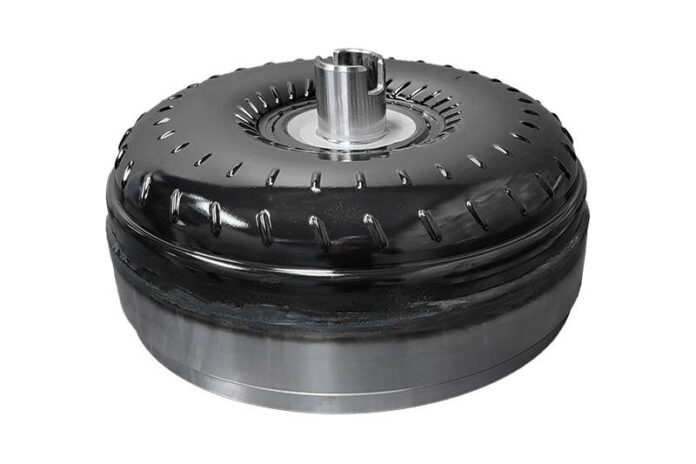Torque Converters: The Key to Victory in Drag Racing
Drag racing, a thrilling and adrenaline-pumping sport, often comes down to the smallest of margins. It’s a world where every detail matters and can ultimately be the difference between winning and losing. One such crucial factor that greatly influences a car’s performance is the “Torque Converter.”
What are Torque Converters?
Torque converters, a critical component of an automatic transmission, essentially serve the function of a clutch in a manual transmission. They transmit and multiply the engine’s torque to the transmission, allowing for separation between the engine and transmission when the vehicle is stationary and enabling power transfer when the vehicle is in motion.
However, a Torque Converter alone isn’t enough. The right torque converter, precisely calibrated for your vehicle and its specific requirements, can drastically enhance your car’s performance and give you the crucial edge in a drag race.
The Inner Workings of a Torque Converter
A torque converter comprises three major elements: the pump, turbine, and stator, along with transmission fluid. The converter’s housing is attached to the engine’s flywheel, while the pump’s fins, functioning as a centrifugal pump, are attached to the housing. As the pump spins, it propels the fluid outwards, creating a vacuum that draws more fluid into the center.
This fluid then enters the turbine, connected to the transmission via the output shaft. As the turbine spins, the vehicle moves. However, the fluid exiting the turbine moves in the opposite direction to that of the engine and pump. This is where the stator comes into play.
The stator, located at the center of the torque converter, redirects this fluid before it re-enters the pump. The stator is mounted on a fixed shaft but contains an internal one-way clutch, allowing it to freewheel at certain operating speeds.
Understanding Stall Speed
One of the critical aspects of a torque converter is the ‘stall speed.’ The stall speed refers to the maximum RPM the engine can attain with the transmission in gear and the car’s brakes applied, before the drive wheels spin. Stall speed is essentially the limit at which the converter will hold back the engine speed if the transmission output is prohibited, causing the engine RPM to ‘stall.’
While stall speed is crucial, it isn’t the only aspect to consider when selecting a converter. Torque multiplication and efficiency also significantly impact drivability. Essentially, the optimum converter will produce the right amount of stall without sacrificing performance.
The Role of Vehicle Weight
The weight of the vehicle has a substantial impact on the footbrake stall. The heavier the vehicle, the higher the converter will stall, as it has to work harder to move the vehicle. Conversely, lighter vehicles are easier to move, causing the converter to react with less stall.
Impact of Rear Gear Ratio
The rear gear ratio plays a straightforward role in determining stall speed. The lower the numerical-value gears, such as 2.73 or 3.08 gear, the higher the converter will stall because it requires more force to move the vehicle. The easier the engine can accelerate the vehicle, the lower the converter will need to stall to get the car moving.
Engine Power and Torque Curves
The power and torque curves of your engine have a significant effect on stall speed. Engines that produce more low-end torque can increase the stall speed of a torque converter to a higher RPM. The same converter will stall at a lower rpm behind an engine developing less torque.
Choice of Torque Converter
Choosing the right torque converter for your vehicle is essential to maximize your car’s potential. Factors such as engine power, vehicle weight, rear gear ratio, and cam specs need to be taken into consideration when selecting the correct stall speed for your application.
When choosing the stall speed that suits your application, ensure that the advertised stall speed is at least 500 rpm higher than the beginning of the camshaft’s powerband. All aftermarket camshafts come with a recommended RPM operating range.
The Final Verdict: The Importance of Torque Converters in Drag Racing
In the high-stakes world of drag racing, the correct torque converter can be the difference between winning and losing. A well-calibrated torque converter that harmonizes perfectly with your vehicle’s specifications can significantly enhance your car’s performance, giving you the critical edge in a drag race.
Remember, while torque converters are a crucial component, they aren’t a one-size-fits-all solution. Each vehicle is unique, and the torque converter should be chosen to match the specific needs of your car. By investing time and effort into choosing the right torque converter, you ensure that your vehicle delivers its best performance, giving you the winning edge in the thrilling world of drag racing.




